Last year we asked planners what they wanted to know about planning event and meeting transportation. We’ll be tackling a few of those questions in a series of blog posts throughout the year so we hope you’ll join us as we demystify transportation!
Like most aspects of planning for large events, there will always be certain variables that are impossible to prepare for. It’s the nature of the industry, and it probably has something to do with why event planning is consistently rated as one of the top 10 most stressful jobs. That being said, when it comes to planning bus routes, there are certainly a few basic steps you can take to prepare.
KNOW THE ADDRESS
It may seem obvious, but our Logistics Manager, Bethany Arthur, says it is often overlooked. Most major hotel chains have multiple locations in Tier 1 and Tier 2 cities. It’s (extremely) important to know exactly which Holiday Inn Express is part of the room block and which one is not. Once all hotels and event locations are correctly plotted on a map, potential routes begin to emerge.
THE 5 STOP RULE
There are many things you want your attendees to experience at your event, but the never-ending bus ride is not one of them. General rule of thumb – do not put more than five stops on a route, and four is preferable.
THE ROOM BLOCK
Have we mentioned that route planning is a complex equation that can vary drastically based on about 30,000 different factors? Allow us to drive that point home with this nugget – while it may appear geographically logical to put 3 hotels on a certain route, the combined room block size may end up being so large that it would be extremely difficult to run an efficient shuttle. The bus would fill up at the first stop and have no room for attendees at the second or third stops. Hell hath no fury like attendees watching a full bus bypass them at their stop, causing them to miss the free breakfast at the convention center. *Bethany’s suggestion – 1,200 rooms/route
ATTENDEE PROFILE
If you don’t know your attendee demographics as well as you know the barista at your local Starbucks (you’re an event planner, the chemical make-up of your blood is 50% caffeine), you might as well give up now. For instance, the attendees at a fitness tradeshow are different from those at a corporate convention. The fitness folks may be more inclined to walk, while the majority of the corporate attendees would likely use transportation. You need to know the age, habits and any relevant cultural characteristics (i.e. Europeans are more likely to use public transportation).
THE UNKNOWN KNOWN: TIMING IS A FICKLE THING
Bethany has a few tips to determine approximately how long it will take a bus to run a route:
- Familiarize yourself with the city’s traffic pattern and any ongoing construction.
- Add 2-3 minutes per stop for unloading and loading.
- A route that takes a car 15 minutes, will take a full size motor coach about 20 minutes
DEVILISH DETAILS
A few other factors to consider when planning routes:
- Most full-sized motor coaches can hold 56 people
- The bus door opens on the right side of the vehicle
- Is the pick-up/drop-off located on a one way street?
- Avoid asking attendees to cross the street to load the bus (they don’t always use the crosswalk…)
- Does the city have any bizarre regulations? (i.e. Austin, TX requires special permits for buses larger than a mini bus to operate within the city and many cities have “no bus” zones)
- Historic cities (Charleston, New Orleans, Boston) often have narrow streets that are difficult for many full size motor coaches to maneuver
So, as you can see, route planning can easily cause one to feel anxious, overwhelmed, confused and possibly a little insane. Don’t worry, we get it. It’s not easy, but it can be done. And of course, practice makes perfect, and we’ve had 27 years of practice!
Special thanks to our Logistics Manager, Bethany Arthur, for sharing her extensive knowledge! Do you have a question about event transportation? Let us know on Twitter! Use the hashtag #stewarttransportation and we’ll do our best to answer you!










